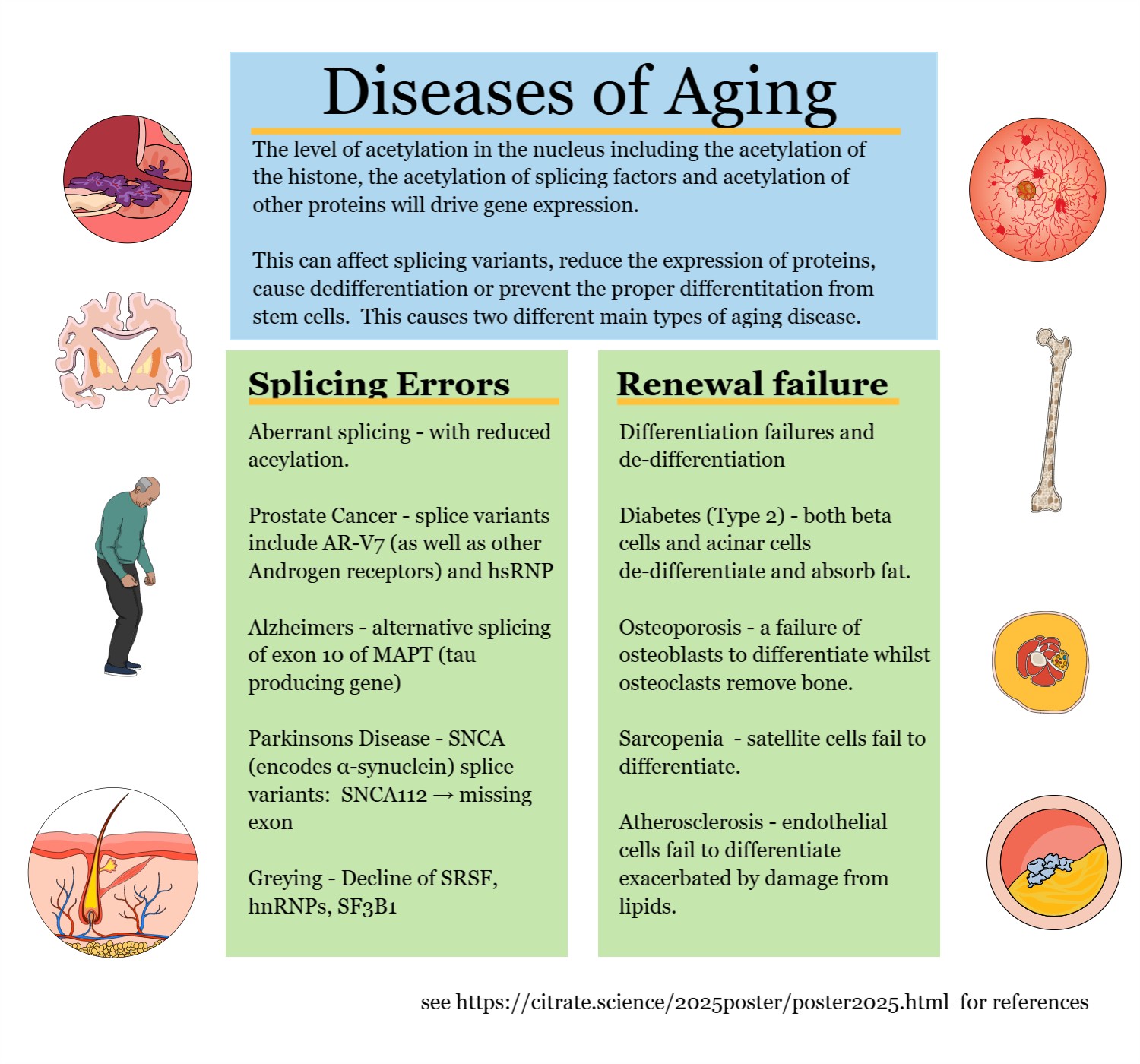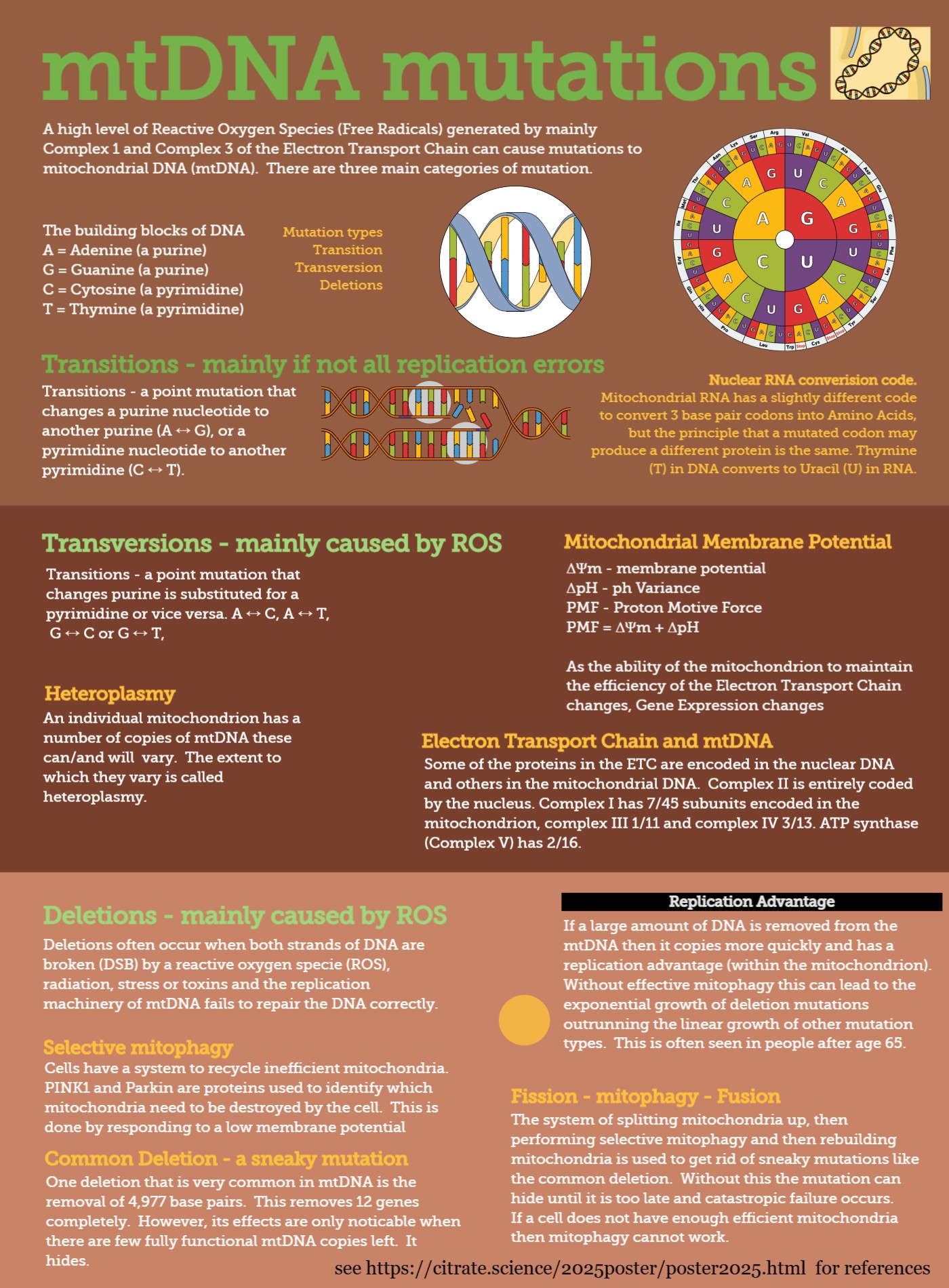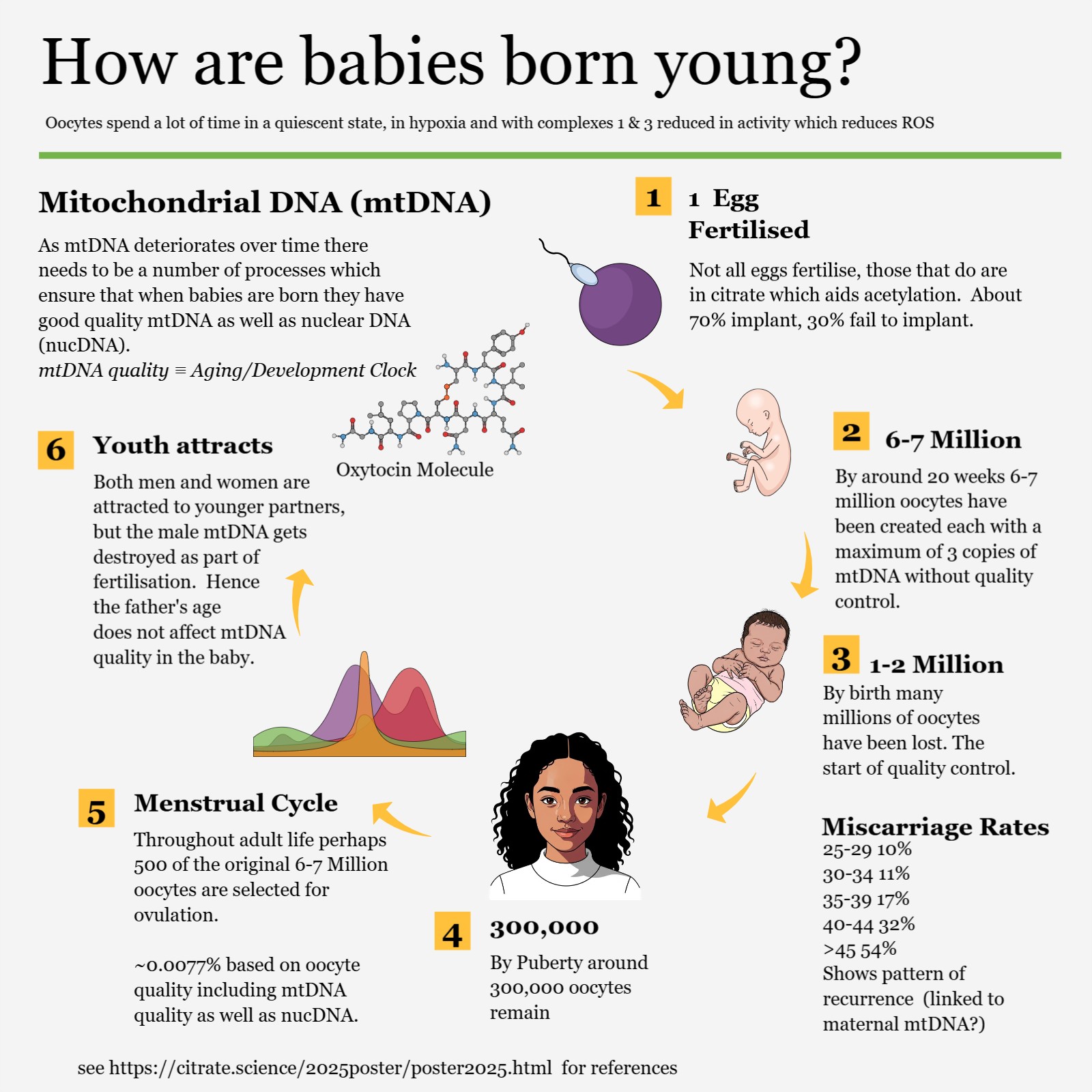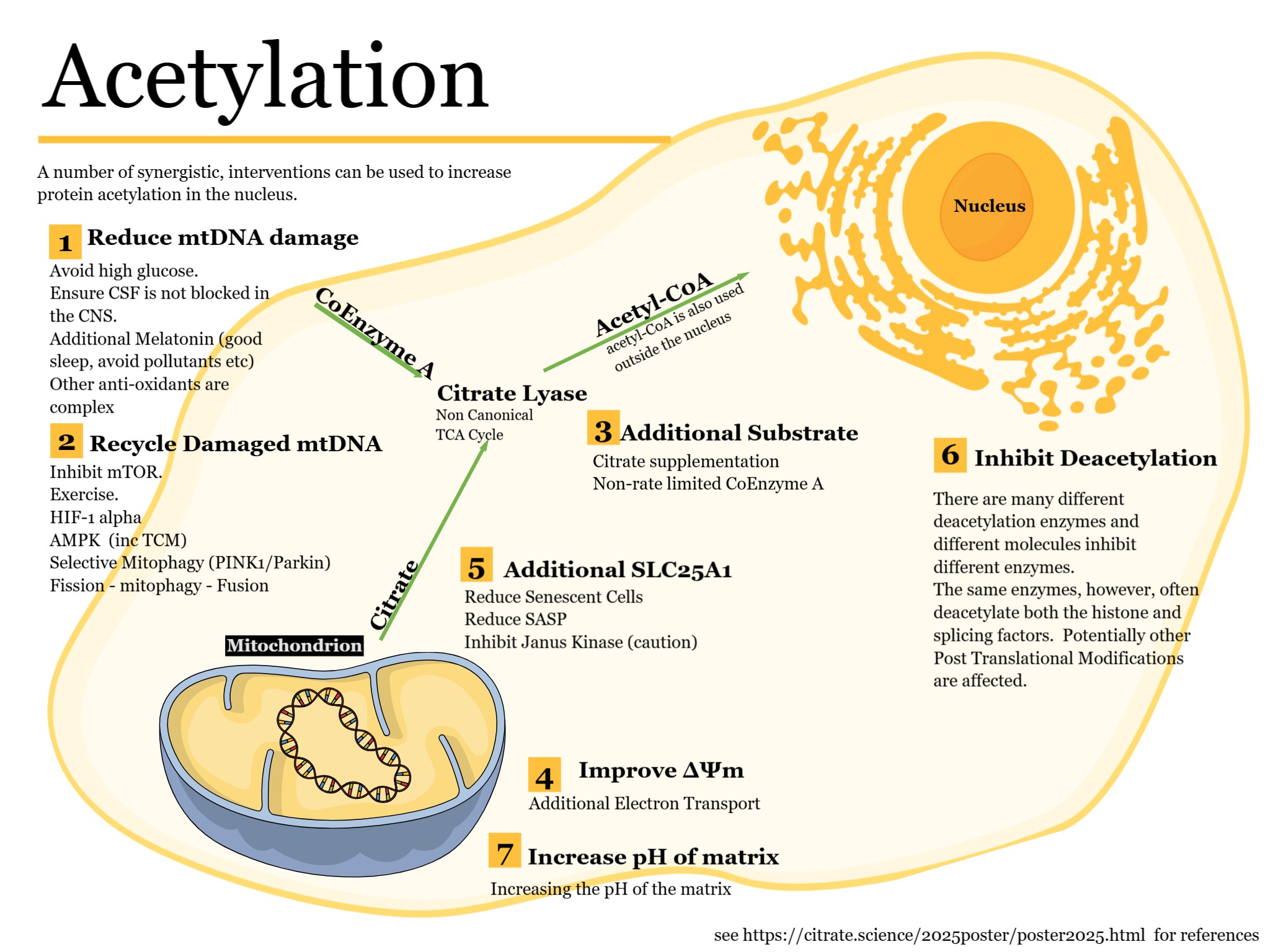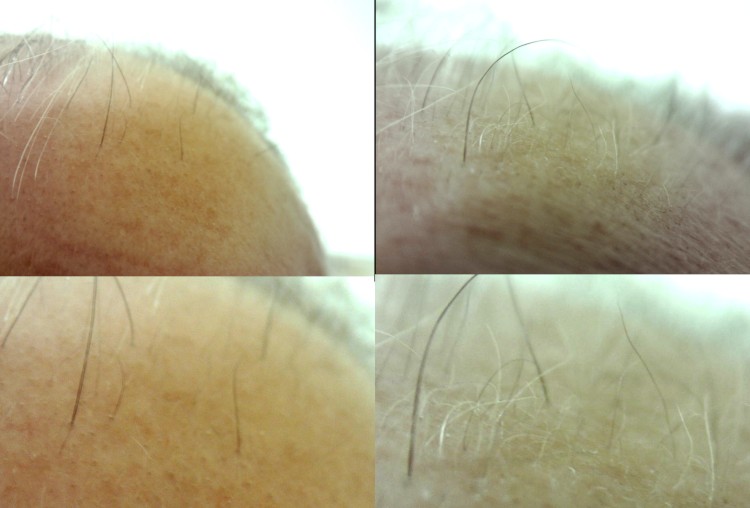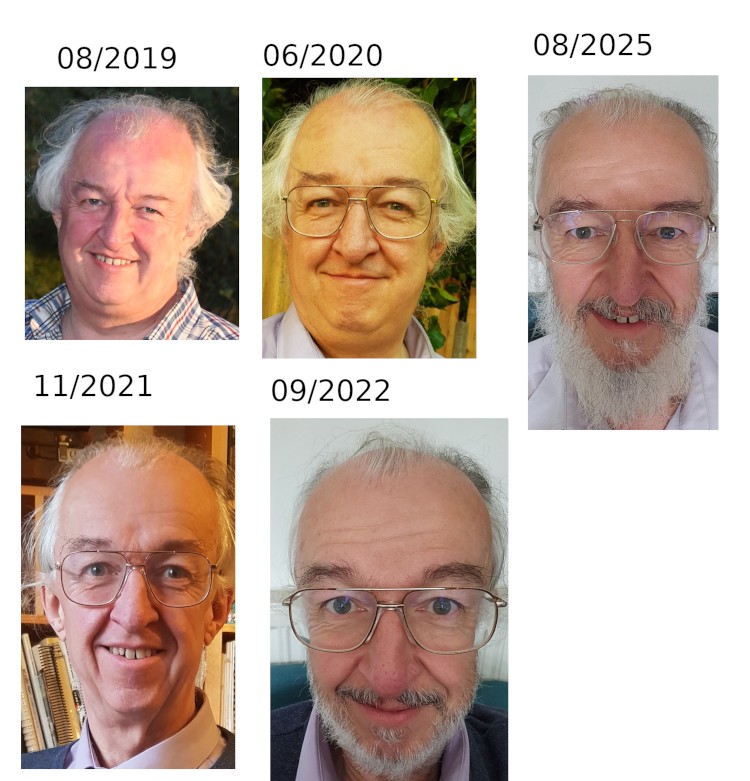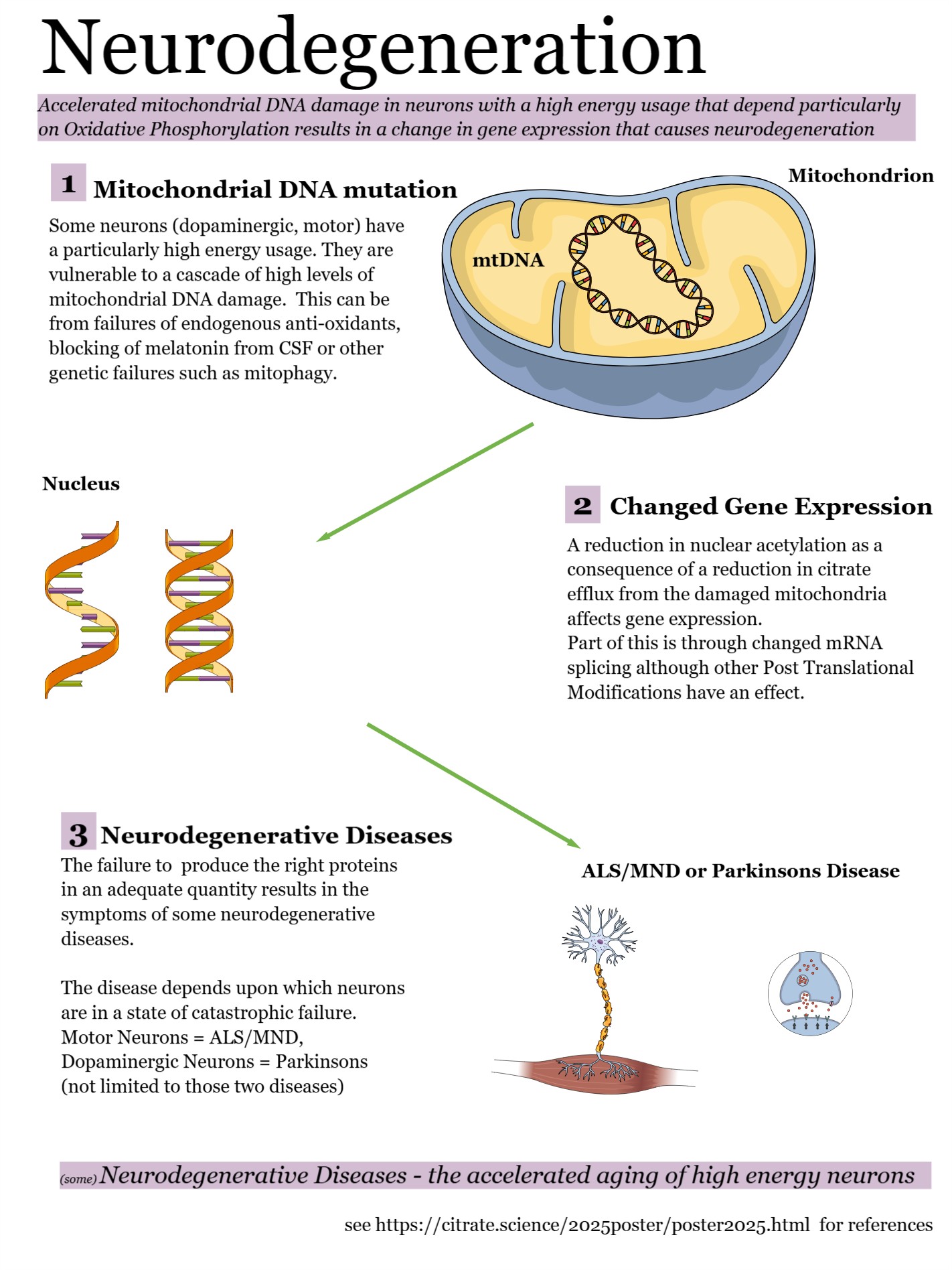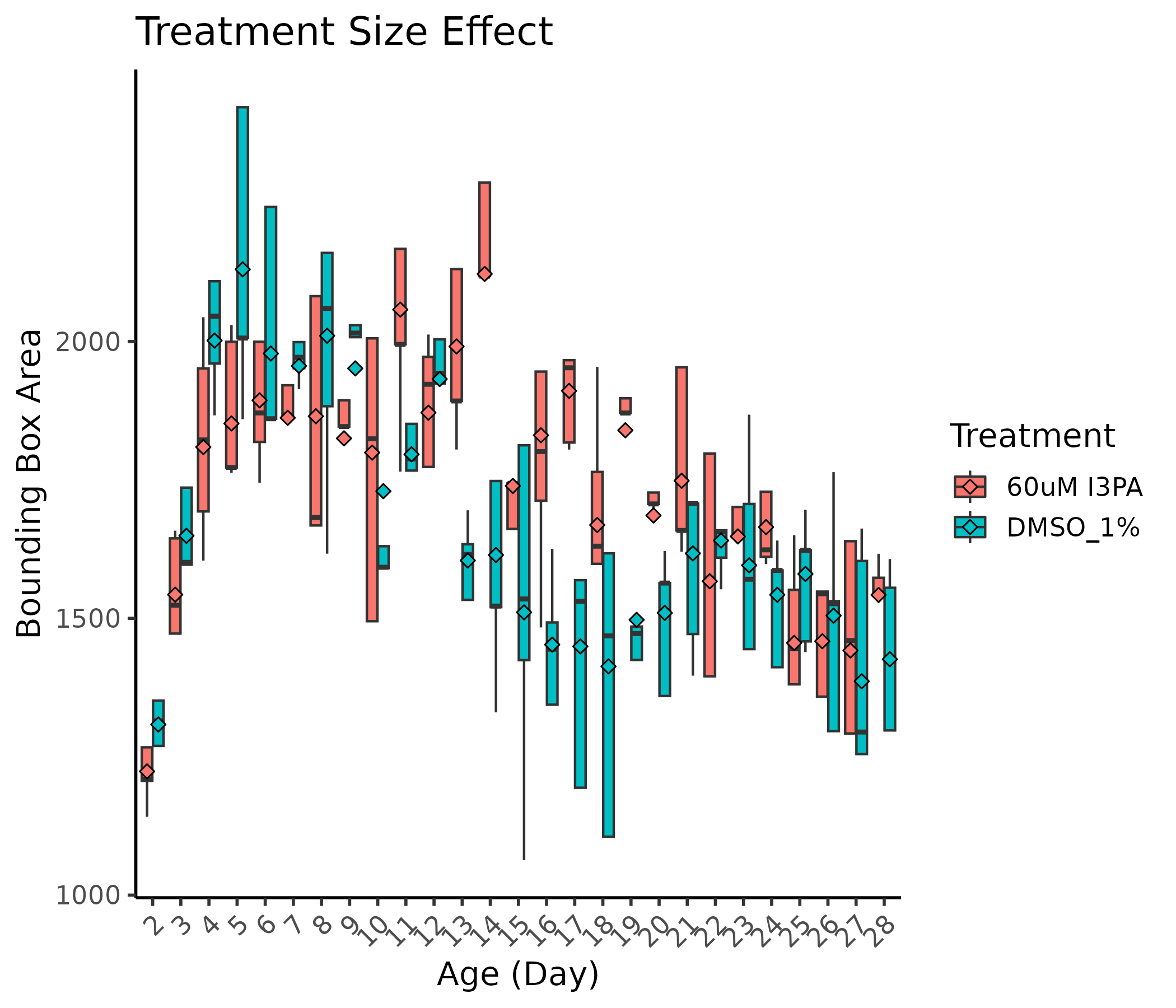| ORF9b binds TOM70, innate immune evasion |
Structural biology |
Crystal structure of SARS-CoV-2 ORF9b bound to human TOM70; supports mitochondrial targeting and IFN suppression. |
Primary (structure) |
2021 |
Gao et al., Nat Commun |
| ORF9b modulates mitochondrial function via TOM70 |
Human cells |
ORF9b localizes to mitochondria in a TOM70-dependent manner and alters host mitochondrial responses. |
Primary (cell biology) |
2023 |
J Cell Biol |
| OXPHOS gene suppression; glycolytic shift |
Human nasopharyngeal & autopsy tissues; animals |
Down-regulation of nuclear-encoded OXPHOS genes; HIF-1α/glycolysis program activation with infection. |
Primary (transcriptomics + validation) |
2023 |
Guarnieri et al., 2023 (PMC) |
| Mitochondrial metabolic & epigenomic remodeling |
Cells / patient data (reanalysis) |
SARS-CoV-2 inhibits OXPHOS and increases mitochondrial ROS; broad mito-metabolic reprogramming. |
Primary/Analysis |
2024 |
Guarnieri et al., Exp Cell Res |
| cGAS–STING activation via (host) DNA leakage |
Human tissues; models |
Type-I IFN immunopathology in COVID-19 driven by cGAS–STING; endothelial contribution implicated. |
Primary |
2022 |
Domizio et al., Nature |
| Platelet mitochondrial dysfunction & oxidative stress |
Patient platelets |
Mitochondrial depolarization, ROS, hyporeactivity; patient plasma can induce depolarization in control platelets. |
Clinical observational |
2023 |
Léopold et al., Res Pract Thromb Haemost |
| Lymphocyte immunometabolic dysfunction |
Patient T cells |
Dysregulated immunometabolism associates with exhaustion and impaired effector/memory responses. |
Primary |
2023 |
Gurshaney et al., Commun Biol |
| Circulating mitochondrial cfDNA predicts severity |
COVID-19 patients (plasma) |
Higher plasma mtDNA levels associate with worse oxygenation and outcomes. |
Clinical cohort |
2021 |
Valdés-Aguayo et al., Front Cell Infect Microbiol |
| Long-COVID skeletal muscle: post-exertional worsening |
Biopsies; exercise challenge |
Severe exercise-induced myopathy; structural and metabolic disturbances that worsen after PEM. |
Primary (clinical biopsy study) |
2024 |
Appelman et al., Nat Commun |
| Long-COVID skeletal muscle mitochondrial dysfunction |
Clinical cohort |
Intrinsic muscle mitochondrial dysfunction, endothelial abnormalities, fiber-type shift in long COVID. |
Primary |
2024 |
Charlton et al., 2024 |
| Cardiomyocytes: mitochondrial damage with SARS-CoV-2 |
Human cardiomyocytes |
Infection damages mitochondrial integrity and impairs respiration in cardiomyocytes. |
Primary |
2025 |
Che et al., 2025 |
| Overview: mitochondrial dysfunction in acute & post-acute COVID |
Review |
Synthesizes mitochondrial impacts across organs; links to long-term sequelae. |
Review |
2024 |
Molnar et al., 2024 (Review) |
